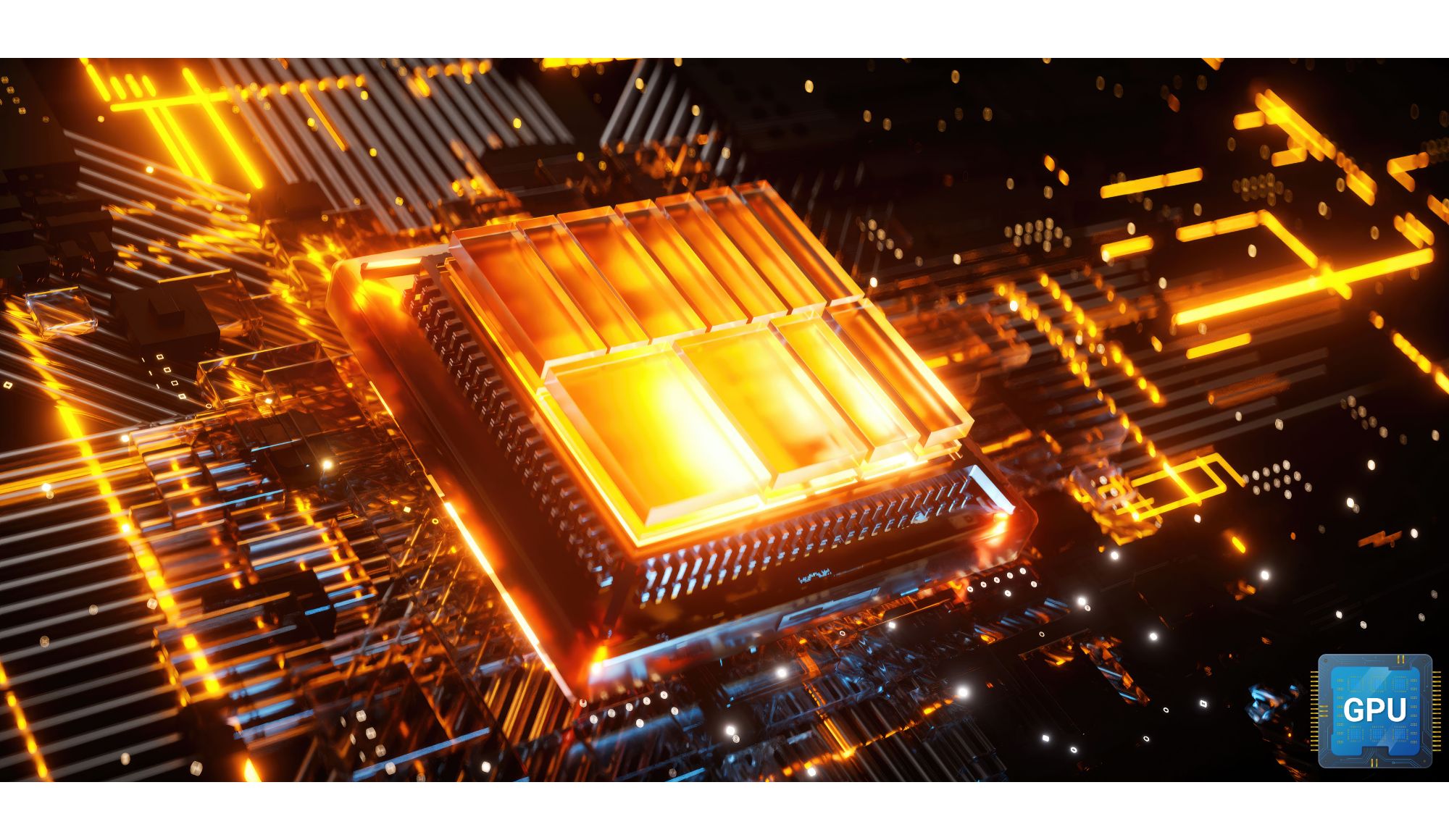AI Powerhouse Sees 853% Increase From Connecticut Billionaire
Nvidia (NASDAQ: NVDA) has rapidly cemented its place as one of the most sought-after stocks after seizing the role of toll road through which all big tech must travel to enter the artificial intelligence ecosystem.
Recently, Nvidia drew interest from billionaire investor Paul Tudor Jones, who raised his position by a staggering 853% to 273,294 shares, a sign that his conviction in where the stock is headed is as high as ever.
Alongside Jones’s decision to sell 126,594 shares of Palantir, the decision to reallocate his capital to Nvidia marks a major shift in investment strategy so what’s the logic behind it?
Key Points
- Nvidia’s revenue surged 122% year-over-year, led by record Data Center sales and soaring profit margins.
- Paul Tudor Jones increased his Nvidia holdings by 853%, pivoting from Palantir to Nvidia.
- Nvidia’s powerful GPUs and software ecosystem create high switching costs, cementing its long-term appeal.
Nvidia’s Explosive Growth Metrics
Nvidia’s latest financial results are nothing short of out-of-this-world. For the quarter ending in July 2024, Nvidia reported revenue of $30.1 billion, marking a 122% increase from the same period last year.
A large chunk of the top line was driven by Nvidia’s Data Center segment, which provides GPUs for AI-driven applications such as ChatGPT, autonomous driving, and enterprise AI solutions.
In the quarter ending July 30, 2024, Nvidia’s Data Center segment posted record revenue of $14.5 billion, a stunning figure by any benchmark measure.
Equally impressive was Nvidia’s profitability, which reached new highs as gross margin soared above 75%, a considerable jump from 45.9% in the same period last year and a further sign of high demand for its GPUs.
Nvidia’s net income stunned The Street as it skyrocketed to reach $16.5 billion, up from $6.1 billion the year prior.
No matter where you look it’s hard to find flies on the ointment at NVIDIA. Take the Piotroski Score as one measure of fundamental strength, for example, and it comes out to a perfect 9.
And with Google and others recently announcing during their earnings that CapEx spend would increase, expect NVIDIA to further benefit from the tailwinds.
Why Did Paul Tudor Jones Buy NVIDIA Stock?
Paul Tudor Jones bought NVIDIA stock, most likely, because of expectations that profitability and revenues will continue to soar.
Jones’s 853% increase in his Nvidia holdings is part of a broader trend among top investors capitalizing on Nvidia’s key role in AI. His Tudor Investment Corporation alongside other hedge funds such as Renaissance Technologies have been on the NVIDIA train for some time.
What the rush to join the NVIDIA gold rush should tell ordinary investors is that the story is far from over and there is a long way yet to travel for Jensen Huang’s firm.
Whether it’s healthcare or finance, or even personal gym training, AI is set to disrupt industries with NVIDIA powering the software capabilities of the technology titans.
Nvidia’s Economic Moat Is Stunningly Wide
Nvidia’s dominance in the AI hardware market has translated to a wide economic moat that is derived largely from its must-have GPUs, widely recognized as the industry’s gold standard for AI workloads.
The Nvidia A100 and H100 GPUs are pretty much indispensable in high-performance computing, and Nvidia has created enormous barriers for competitors, not least through its AI software ecosystem via CUDA, a proprietary software architecture that enables developers to optimize applications for Nvidia’s GPUs.
With a dual focus on both hardware and software ecosystems, Jensen and his team have created a “lock-in” effect, where switching costs for users are prohibitively high. The high barrier to moving elsewhere means Nvidia’s market share and competitive standing are reinforced.
Market Sentiment and Stock Performance
Perhaps the only thing more impressive than its software and hardware ecosystems is its share price, up 189% year-to-date, driven by strong earnings and bullish analyst outlooks.
No matter how optimistic analysts have been, they can’t seem to raise their price targets high enough and NVIDIA recently, once again, became the most valuable company in the world by market capitalization, even eclipsing Apple.
It can’t be overstated that while Nvidia has a current price-to-earnings ratio of around 64x that seems high, what Paul Tudor Jones has likely spotted is net income is forecast to grow at 34% annually over the next 5 years. If that’s true, the 64x multiple is, astonishingly, a cheap figure.
So what do investors need to be wary of?
Despite Nvidia’s strong fundamentals, the company’s growth is heavily reliant on continued AI adoption, which, while promising, may very well face hurdles such as regulatory oversight, potential oversupply in the GPU market, or technological breakthroughs by competitors.
The stock appears to be priced to absolute perfection and so execution risk remains a real challenge, particularly with such rapid growth. After all, behind each revenue climb are teams that have to deliver flawless products to demanding clients quickly.
NVIDIA Remains A Compelling Investment
In spite of its already remarkable move to the upside, NVIDIA remains an astonishing investment opportunity that the likes of Paul Tudor Jones have not shied away from.
The 853% increase in shares by Paul Tudor Jones and increased interest from top-tier funds highlights the market’s conviction in Nvidia’s role in the AI ecosystem.
With scintillating revenue growth and profit margins, as well as a widening moat through both hardware and software, Nvidia stands out as a compelling long-term investment for any investor looking to ride the AI wave.
Even with its apparently lofty earnings multiples, it’s still trading at a low multiple relative to forward projections, so there is still opportunity, yes even now.



